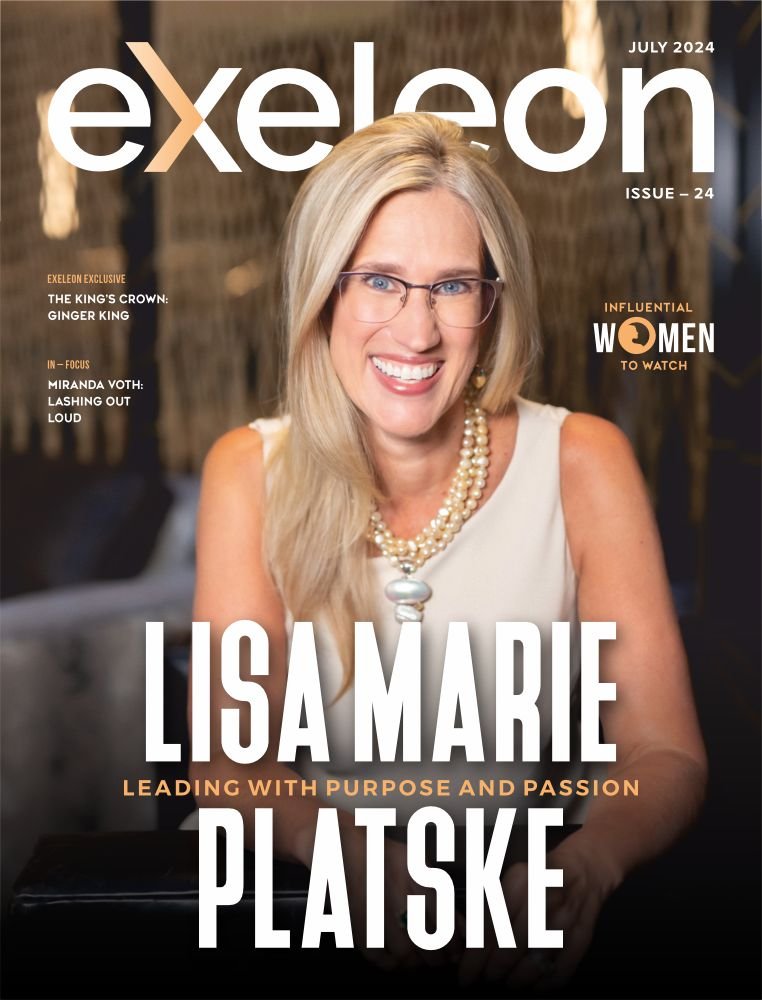
Written By: Michaela Green, Licensed Realtor in Houston, TX
“The American Dream” is widely heard in big speeches and is a selling point for the public to aim for big and avail the opportunity of becoming successful. However, over the years, the American dream has become a nightmare for young adults, especially millennials and Gen Z – leading to the downturn of the American Dream.
The general trend among the younger generation is to acquire as many ‘assets’ as possible. While this releases dopamine and creates a sense of achievement in their minds, it is essential to realize that the American Dream has been defined only in terms of material possessions, encouraging Americans to go beyond their limit and eventually face a financial crisis.
Since 2014, the average household income has decreased by $2000 in middle-class families, with an average household debt of around 130% of the salary. Alarmingly, the household savings rate is nearly zero!
The last great recession happened in 2008 that had a lasting impact on Americans. Millennials are drowned mainly in student loan debts; unfortunately, the median income is the same as in the 1970s, after considering inflation. Although a lot more people are employed today compared to the 1970s, still a fewer percentage of them own their houses. Even so, a third of them are currently living with their parents.
We’ll discuss some factors that correlate with the lack of homeownership among young adults.
Housing Bubble
If you’re aware of the Great Recession of 2008, you must know what a housing bubble is. For those looking to investigate this matter, let’s make it simple for you to understand. As the house demand increases, the prices follow an upward trend. This is exactly what a housing bubble is.
Giving a brief history lesson, investors shied away from stock investments and turned to economical mortgage rates, increasing the demand for property at the start of the 21st Century. Also, to incentivize non-stock investments, fewer regulations were put in place, which implied that a high income was not required to get a mortgage; however, the turmoil was not anticipated as those payments accumulated with interest rates rising at the same time.
The investments were such that when the buyers couldn’t pay, the lending organizations went bankrupt, and the lending structure crumpled.
This proved to be one of the primary reasons for the slowdown in the real estate market. Even as America regained control of its economy, property building did not become as normal as it was.
The Gap Between Property Prices and Income
In the modern era, property prices are insanely high. Additionally, the average household income is failing to maintain a constant ratio with the rising prices. According to bankrate.com, the median price of houses grew 30% as opposed to an 11% increase in median household income in the last ten years.
At the time, homebuyers enjoyed the privilege of property costs fivefold the mean salary. But after the market collapse in 2008 – aka the Great Recession – that ratio increased to sixfold, that stabilized eventually. Recently, the average property costs have soared again and are seven times greater than the average household income.
For instance, the national median home price was around $121,500 in the 90s. That was around twice the average income of around $50,000. Whereas in 2020, home prices rose close to $359,000 while the median income is limited to around $67,500.
This is one of the reasons why the younger generation is finding it extremely challenging to buy a new property in the current era.
High Demand, Low Supply
As of now, the millennials are the most populous adult generation, outnumbering boomers in 2019. As the population of these young adults increases, the need for homeownership grows simultaneously. To give some perspective, before the COVID-19 pandemic, homeownership was ever-increasing among millennials.
On the other hand, the older generation have kept their ground and continued residing in their old homes. This creates a negative supply and an increasing demand for houses as fewer homes are sold in the market, and more buyers are looking for relatively affordable homes.
The boomers are also cognizant of the fact that the prices have significantly risen, and taking advantage of that, they are making competitive offers which makes it harder for the younger generation to buy new property.
Student Loan Debt
According to several research, millennials are drowned in college debt which is correlated with a delay in homeownership. If we take in to account the inflation, the millennials are far behind boomers in homeownership rates.
72% of student debt holders believed their debt would delay them from purchasing a home for several months up to 8 years. More specifically, 19% of student debt holders believed their debt would hinder them from buying a home for more than eight years!
Although we saw an increase in homeownership among millennials during the COVID-19 pandemic, there is still a void in homeownership rates that needs to be addressed. To fill this gap, incentives should be given, such as the Transforming Student Debt to Home Equity Act of 2022. This act provides leverage to students who have cleared their student loans, such as subsidized mortgage loans, and discounts on government-owned homes along with financial aid for making down payments.
Firms & Organizations Stepping In
Considering the increasing home prices and the harder it is to afford a new place, large firms and organizations have seen a business opportunity. They have bought single-family properties for rental purposes.
This is not new, but seeing the recent trends and lesser affordability, the phenomenon is growing. Smartly enough, the investors have bought single-family homes because that is the type of first-time house buyers goes after.
Conclusion
Conclusively, homeownership among the younger generation has a sluggish rate compared to the boomer generation due to the pertinent factors that affect it. We have discussed five essential elements that have caused this gap in the market, and we hope this helps you broaden your perspective on the downturn of the American Dream.
About Michaela Green
Michaela Green is a licensed real estate agent with half a decade of experience representing investors in buying and selling property in the Greater Houston area. Through her extensive knowledge of the marketplace, Michaela is able to represent investors in finding properties that produce the highest return on investment. Michaela founded ‘The Green Collective’ in 2022, a company that aligns her core values with her passion for real estate. Michaela has with National Assistants Ministers (NAM) to help survivors of Hurricane Harvey start fresh by selling their distressed properties and help find a new homes.









